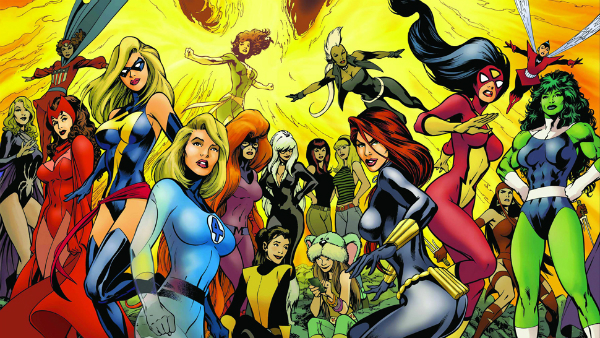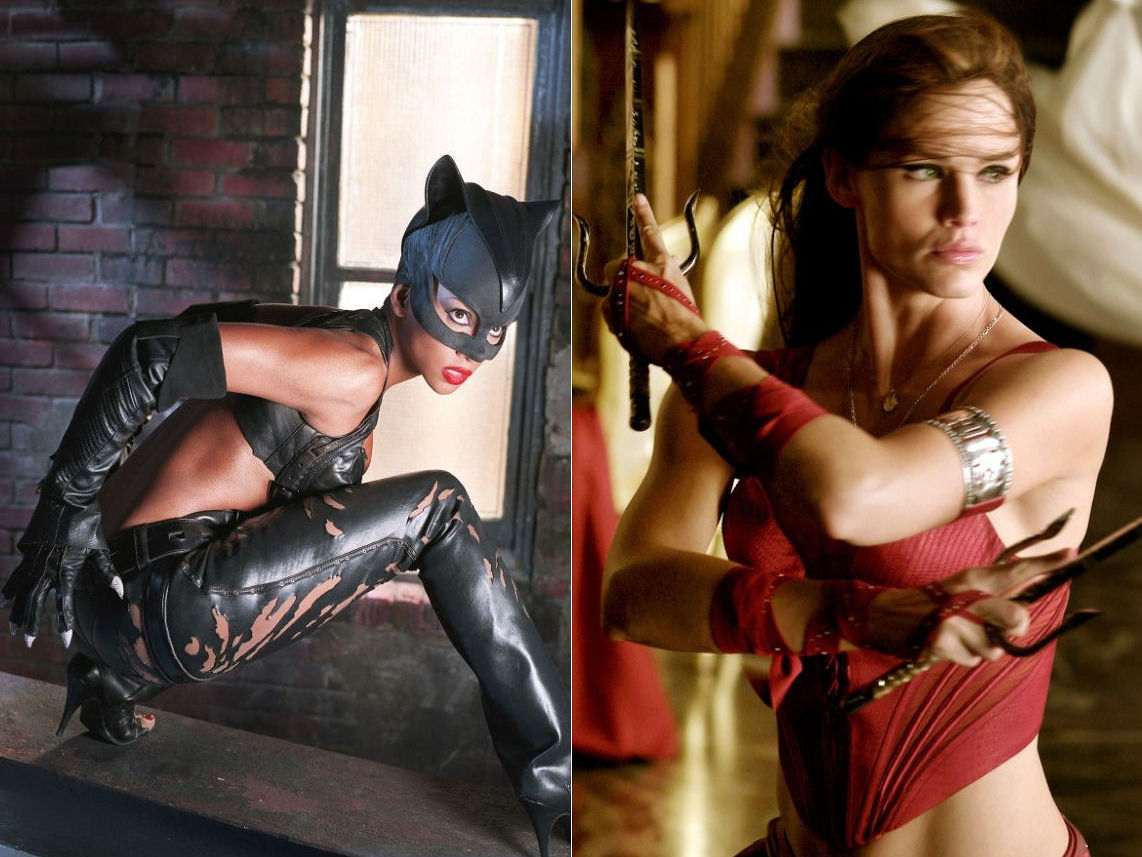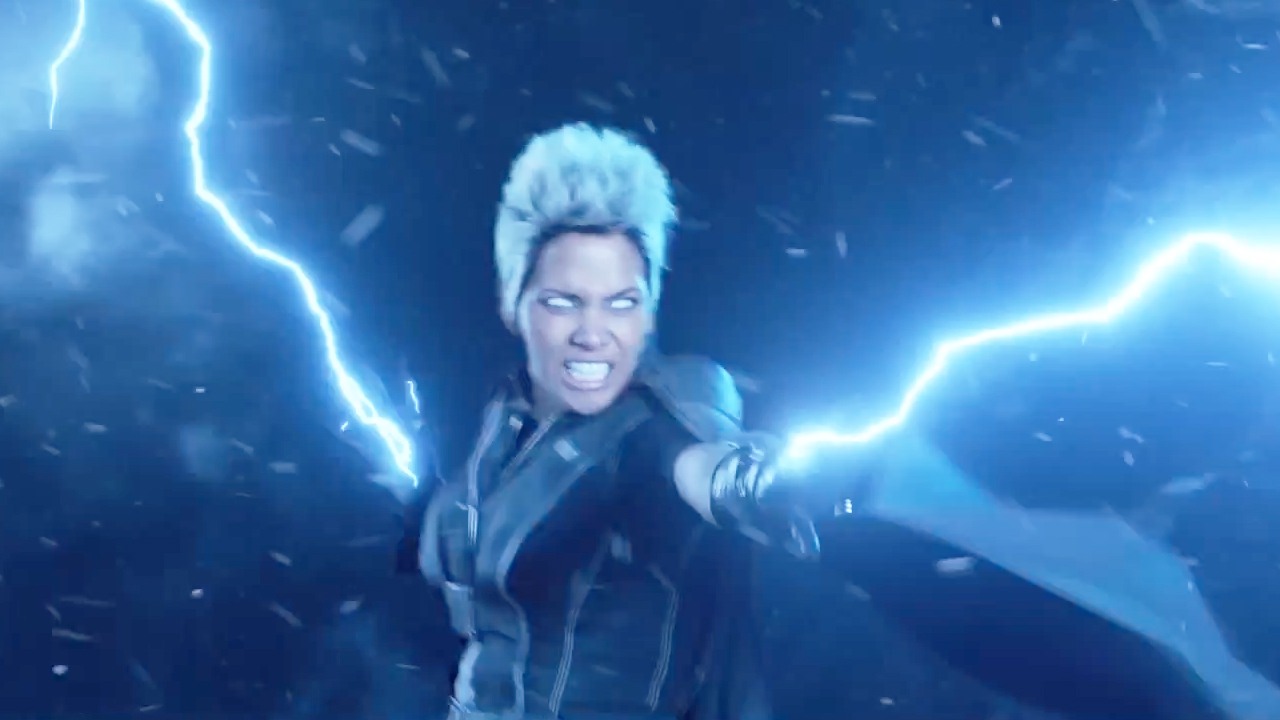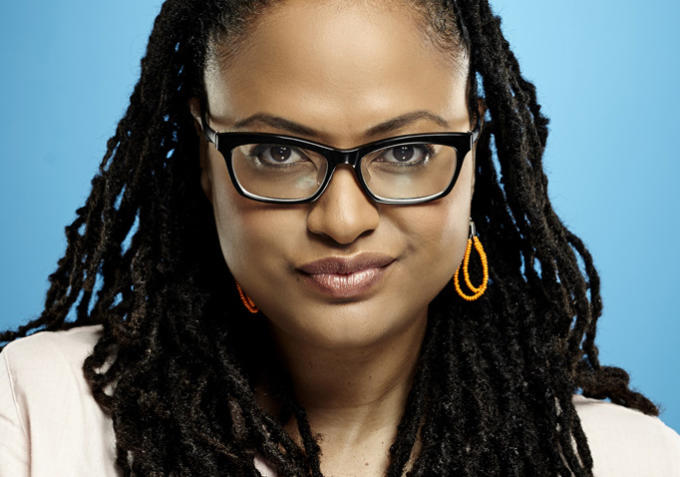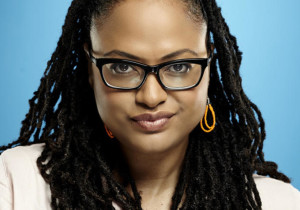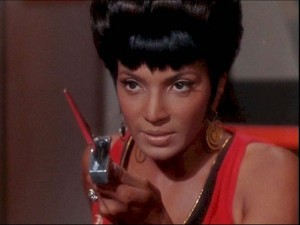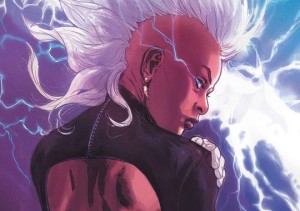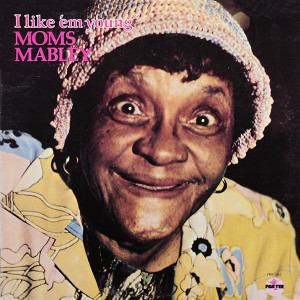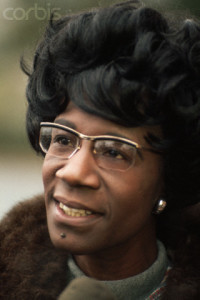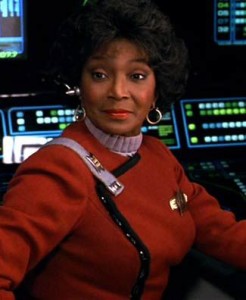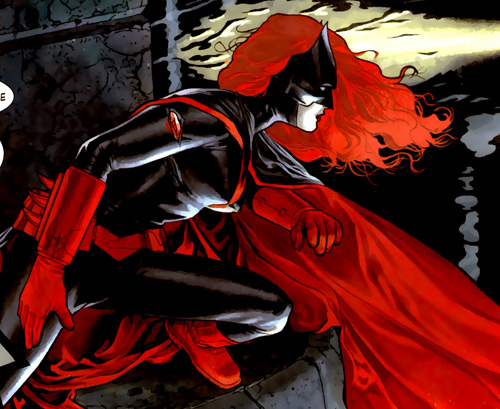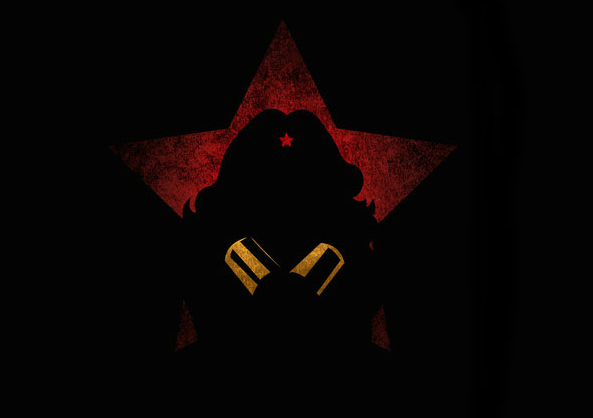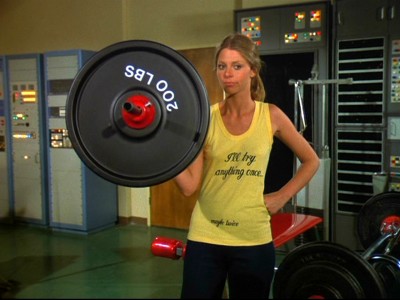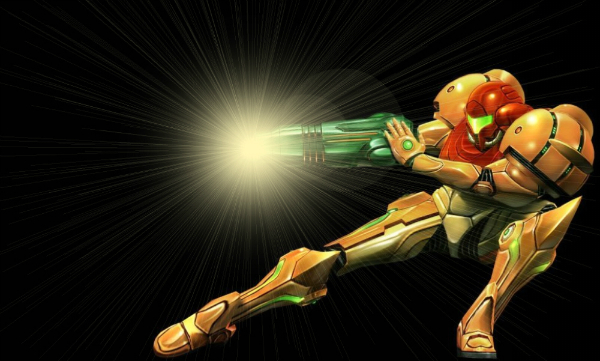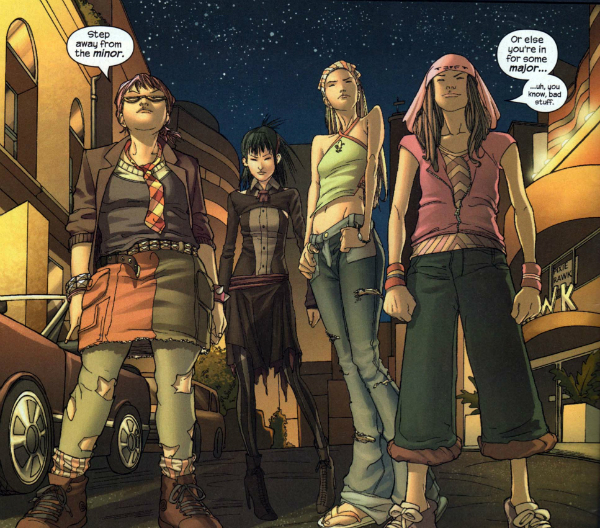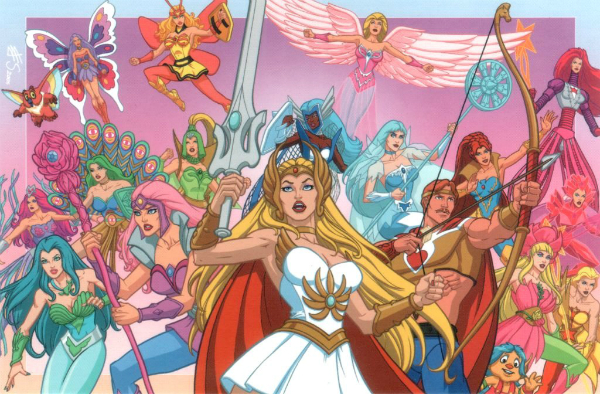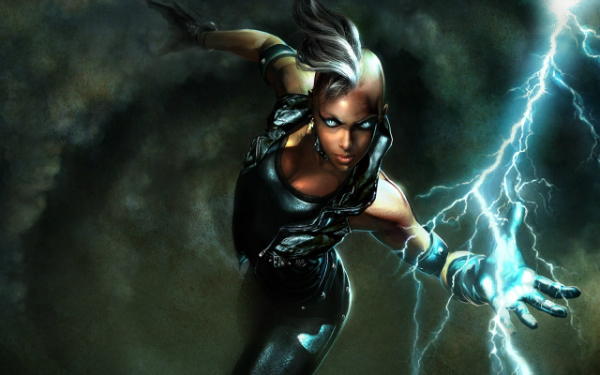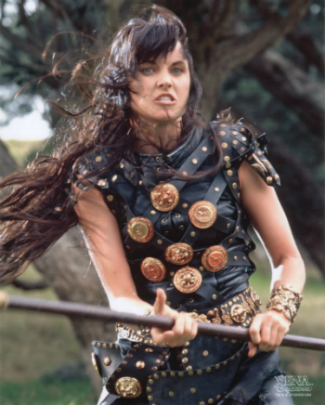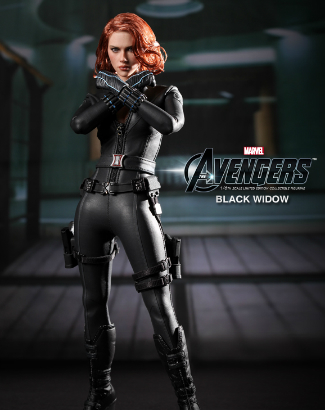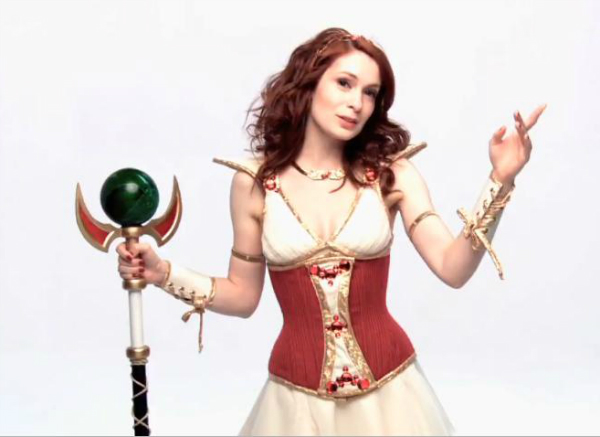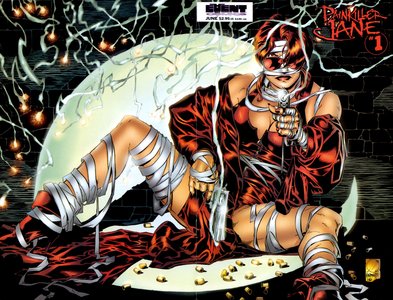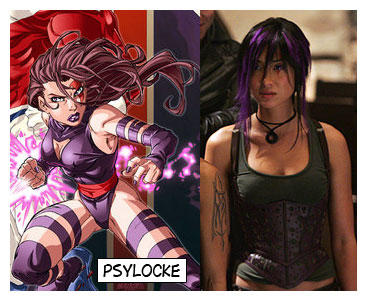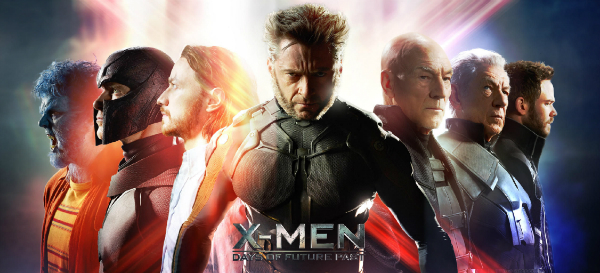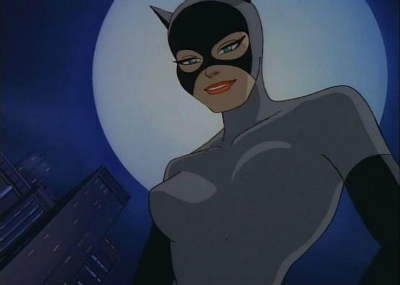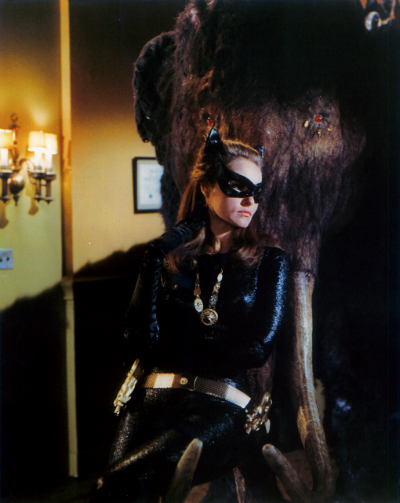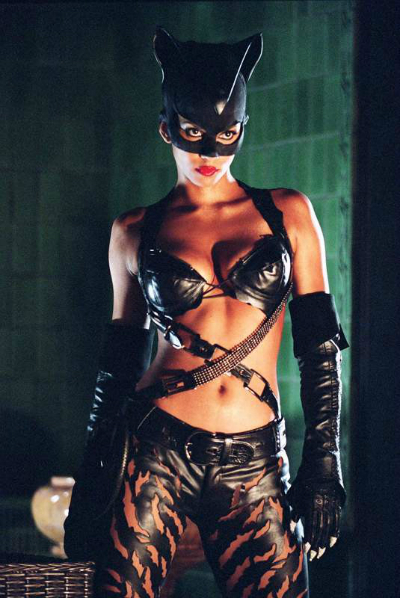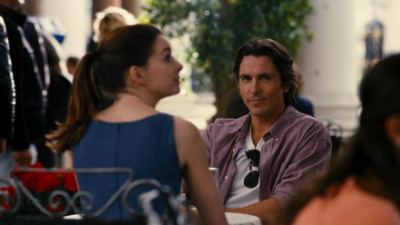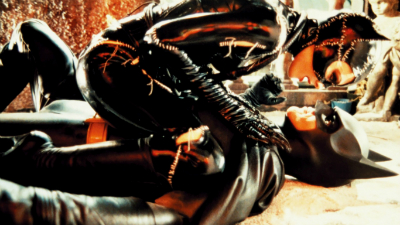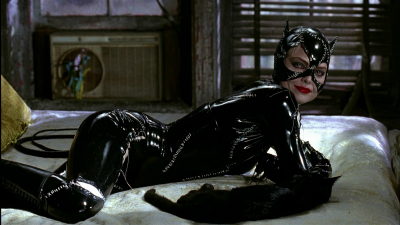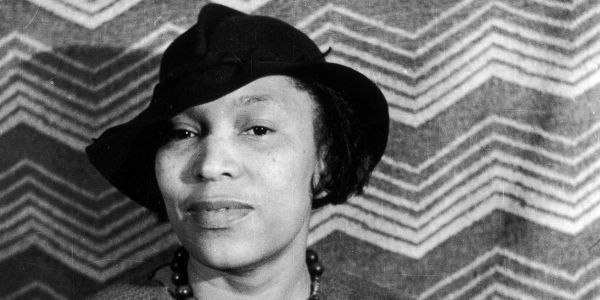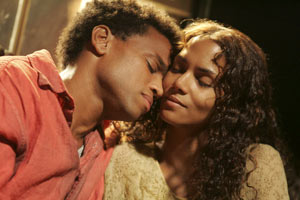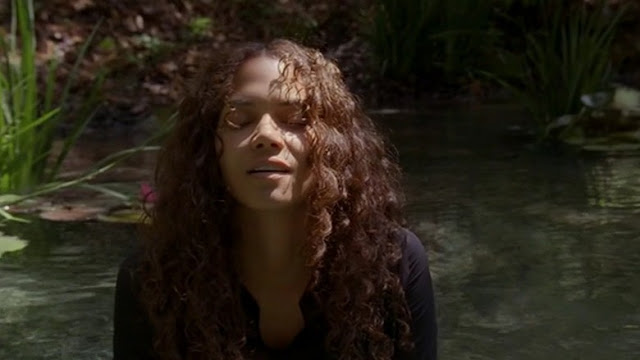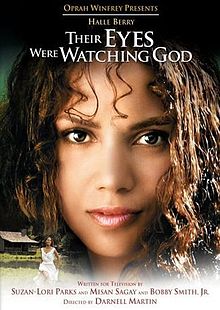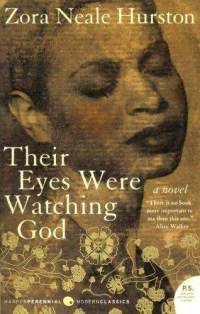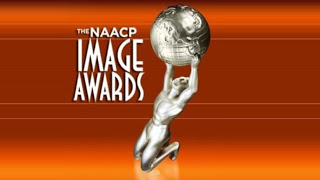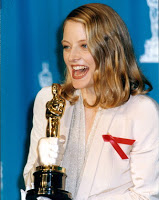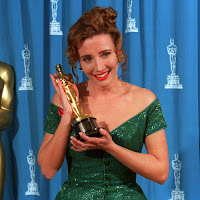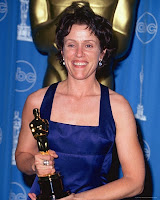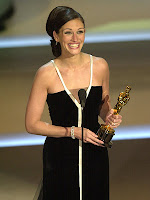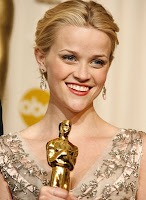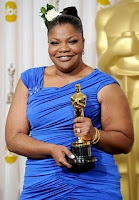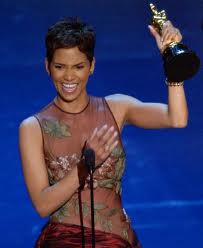This repost written by Amanda Rodriguez appears as part of our theme week on Superheroines. | Editor’s note: Since this article’s original posting in June 2014, solo films have been announced for Wonder Woman, Painkiller Jane, and Black Widow.
Most rational people seem to agree that we desperately need more representations of female superheroes to serve as inspiration and role models for girls and women alike. In truth, there is no shortage of superheroines in the world; we’ve got seriously acclaimed, seriously badass female characters from comic books, TV shows, and video games. Though these women tend to be hypersexualized or relegated to the role of supporting cast member for some dude, we still love them and can’t get enough of them. It still remains that so few superheroines are given their own movies. I’m officially declaring that it’s high time we had more superhero movies starring women. The first in a series of posts, I’m starting with a list of my top 10 picks for super babes who deserve their own flicks.
These are the superheroines I’d choose to get a movie if I ran Hollywood:
1. Batwoman
Not to be confused with Batgirl, the DC character Batwoman is the highest profile lesbian character in comic book history. A wealthy military brat who was expelled from West Point Academy due to “Don’t Ask, Don’t Tell.” Batwoman is a defiant, tattooed socialite by day and a crime asskicker by night. With compelling, topical social themes (particularly with regard to queer culture), amazing action sequences and a lush, lurid and darkly magical underbelly of Gotham that we never saw with Batman, Batwoman has so much to offer audiences.
2. Wonder Woman

Wonder Woman is practically a goddess; she’s an Amazon princess with superhuman strength and agility raised only among women on the concealed Paradise Island. With her superior physical prowess and training, she constantly saves the day and her love interest, Steve Trevor. Not only that, but she also has cool gadgets like her invisible plane, Lasso of Truth, and her bullet deflecting bracelets (Wolverine’s adamantium bones ain’t got nothing on Wonder Woman’s gauntlets). The world has been clamoring for and drumming up rumors of a Wonder Woman movie for at least a decade. She’s as steeped in history as Superman, as iconic as Batman, as patriotic as Captain America, as strong as Hulk and way sexier than Ironman, and yet Superman, Batman, and Hulk have all had their own movie series AND their own series’ reboots while the rights to Wonder Woman languish on the shelf. Hell, the 70s were more progressive than today because they recognized the need and market for female superheroes when they created the beloved Wonder Woman TV series starring Lynda Carter that ran for four years. Give the woman a movie already, damn it!
3. The Bionic Woman
Speaking of the 70s and their penchant for female-driven TV shows, Jaime Sommers, aka The Bionic Woman, first had her own TV series in 1976, which was then rebooted in 2007 as Bionic Woman. After an accident nearly kills her, Jaime is retrofitted with a bionic ear, arm, and legs, giving her superhuman strength and speed in those limbs as well as acute hearing that she uses in her secret agenting. Though Jaime Sommers was imagined as a spin-off to the male-driven series The Six Million Dollar Man, she was successful in her own right and expanded the horizons of little girls in the 70s. I want Jaime to get a real movie, not just some piddly made-for-TV deal. My only requirement for said movie is that it keep the super sweet 70s sound effects for when she uses her bionic powers.
4. Samus Aran from Metroid
Samus Aran is a space bounty hunter who destroys evil Metroids in the Nintendo video game (you guessed it) Metroid. Because of Samus’ androgynous power suit, game players assumed she was a man until the big reveal at the end of the original 1986 game when she takes off her helmet. Gamers loved it. Not only that, but Metroid was and continues to be one of Nintendo’s most lucrative and popular game series, such that the latest installment of the game (Metroid: Other M) came out as recently as 2010. With ever-expanding plotlines and character development, Samus has proven that she is compelling enough to carry a series for over two and a half decades. Instead of making another crappy Resident Evil movie, I say we give Samus a chance.
5. Runaways
Runaways is a comic book series that chronicles the adventures of a group of minors who discover that their parents are supervillains. Not wanting to go down the evil paths of their parents, the kids make a break for it. Now, both boys and girls are part of the gang, but there are more girls than boys, and the women are nuanced, funny and smart. The de facto leader of the rag-tag group is Nico, a goth Japanese-American witch (um…how cool is that??). Then there’s Gertrude who doesn’t have any powers (unless you count her telepathic link to her female raptor), but she’s tough, smart, confident and is a fat-positive representation of a nontraditional female comic book body type. Next, little Molly is a scrapper and a mutant with superhuman strength and great hats who kicks the shit out of Wolverine. Finally, we’ve got the alien Karolina with powers of light and flight who explores her sexuality, realizing she’s a lesbian. Karolina ends up falling in love with the shapeshifting Skrull, Xavin, and the storyline explores transgender themes. Joss Whedon himself was involved for a time in the series, so you know it’s full of humor, darkness, and deep connections to the character. There’s so much WIN in Runaways that it’s a crime they haven’t made a movie out of it yet.
6. She-Ra: Princess of Power
She-Ra is the twin sister (and spin-off) of He-Man. Possessing incredible strength, a healing touch, an ability to communicate with animals, and a power sword that transforms into anything she wants, She-Ra is, frankly, the shit. Ever since I was a bitty thing, I always loved She-Ra, and I’d contend that with her organizing of a 99.9% female force to fight the evil Horde, She-Ra and her powerful lady friends are busting up the patriarchy. Though 1985 saw the feature length animated film introducing She-Ra’s origin story through the eyes of her brother in The Secret of the Sword, it’s time for She-Ra to have her own live action film. I mean, He-Man got his chance on the big screen with Masters of the Universe, starring Dolph Lundgren. Though I love Lundren’s mush-mouth rendition of the most powerful man in the universe, it’s universally regarded as a steaming pile of Cringer crap. I’m sure She-Ra can easily top reviews like that, especially with her women-powered “Great Rebellion.”
7. Storm
Storm, aka Ororo Munroe, is one of the most powerful mutants in the X-Men franchise. She is intelligent, well-respected, and a leader among her mutant peers and teammates. Storm also flies and controls the fucking weather. Does it get more badass than that? Storm was the very first prominent Black female in either DC or Marvel, and the fanbase for this strong Black woman grows all the time. Though the X-Men film series sprung for the acclaimed Halle Berry to play Storm, her character is habitually underutilized and poorly developed. Enough! Let’s get Lupita Nyong’o to play Storm in her origin story, chronicling her thievery in Cairo, her stint as a worshiped goddess when her powers first emerged, and her eventual induction into the X-Men. That, friends, is an epic tale.
8. Xena: Warrior Princess
Xena: Warrior Princess is a TV series that ran for six years about a couple of women traveling and fighting their way across the world, their stories weaving in and out of ancient Western mythology. Xena herself is a complex character, full of strength and skill in combat, while battling her own past and demons. Her companion Gabriel, though also quite skilled at martial arts, is the gentler of the two, always advocating compassion and reason. Together, the pair formed a powerful duo with pronounced lesbionic undertones that has appealed to queer audiences for nearly 20 years. I suspect the statuesque Lucy Lawless could even be convinced to reprise her role as this fierce female warrior who stood up to gods and men alike.
9. Black Widow
Black Widow, aka Natalia Alianovna “Natasha” Romanova, began as a Russian spy. With impressive martial arts abilities and wily womanly charms, Black Widow is renowned as one of the deadliest assassins in the Marvel universe. In an attempt to redeem her past, Black Widow joins the S.H.I.E.L.D agency and the Avengers, adding her considerable skills (that she has cultivated without the aid of magical abilities) to the team. Though I’m not, personally, the biggest fan of Black Widow, I’m impressed by her universal appeal. She’s appeared in a handful of comic book movie adaptations, most notably The Avengers, and people go ga-ga for her. Even those who care little for the rallying cry for greater female on-screen representation and even less for feminism are all about Black Widow starring in her own film. Hell, she even has a remarkably life-like action figure…proof positive that this gal has made it to the big-time.
10. Codex from The Guild
The Guild is a web series with short episodes that focuses on Codex, aka Cyd Sherman, an introvert with an addiction to massive multi-player online roleplaying games (MMORPG). In her online guild, Cyd is the powerful priestess Codex. Reality and her online personae collide when members of the guild begin to meet in real life. This is a fun and quirky web series written and created by its female star, the talented Felicia Day. Not all superheroines need to have superpowers and save the day. In fact, some superheroines just have to give it all they’ve got to make it through the day. With powers of humor and authenticity, Codex would make a welcome addition to the superhero film family.
Honorable Mention
1. Painkiller Jane
Queer Painkiller Jane has rapid healing powers like those of Wolverine, but she tends to be far grittier and darker, even facing off against the Terminator in a particularly bloody installment. She briefly had her own craptastic television series starring Kristanna Loken before it was wisely canceled.
2. Rogue
From the X-Men, Rogue is the complicated and compelling daughter of Mystique with vampire-like powers that make her nearly invulnerable but also render her unable to touch any other living creature.
3. Batgirl
Batgirl has had many permutations throughout the ages, beginning as a sidekick to Batman and Robin in comics, TV as well as film and ending with several different versions of her own comic series, including her incarnation as Oracle, the paraplegic command center for the Birds of Prey comic and disappointing TV series.
4. Power Girl
Power Girl is another version of Supergirl who, therefore, has the same powers as Superman. She is a leader among other superheroes, a formidable foe, and renowned for being “fresh and fun.”
5. Psylocke
It might seem ridiculous that so many X-Men made this list, but, damn, they have got some awesome ladies on the roster. I’m ending with Psylocke, my all-time favorite X-Men character. Elizabeth Braddock is a telepath who can use her telekinesis to create pyschic weapons. Upon her death, she inhabits the body of a Japanese ninja, eventually taking over the body completely so that she adds hardcore martial arts skills to her repertoire.
I know I missed a bunch of amazing superheroines. That’s a good thing because it means there are so many badass super babes out there that I can’t possibly name them all. Now we’ve just got to get a bunch of those ladies up on the big screen to show us reflections of ourselves and to inspire us to be more.
Sound off in the comments by listing your top female superhero picks to get their own films!
Take a look at the rest of my Top 10 installments: Top 10 Villainesses Who Deserve Their Own Movies, Top 10 Superheroine Movies That Need a Reboot, and Top 10 Superheroes Who Are Betters as Superheroines.
Read also:
Black Widow is More Than Just a Pretty Face in Captain America: The Winter Soldier
The Women of Captain America: The Winter Soldier
Dude Bros and X-Men: Days of Future Past
She-Ra: Kinda, Sorta Accidentally Feministy
Wonder Women and Why We Need Superheroines
Bitch Flicks writer and editor Amanda Rodriguez is an environmental activist living in Asheville, North Carolina. She holds a BA from Antioch College in Yellow Springs, Ohio and an MFA in fiction writing from Queens University in Charlotte, NC. She writes all about food and drinking games on her blog Booze and Baking. Fun fact: while living in Kyoto, Japan, her house was attacked by monkeys.
